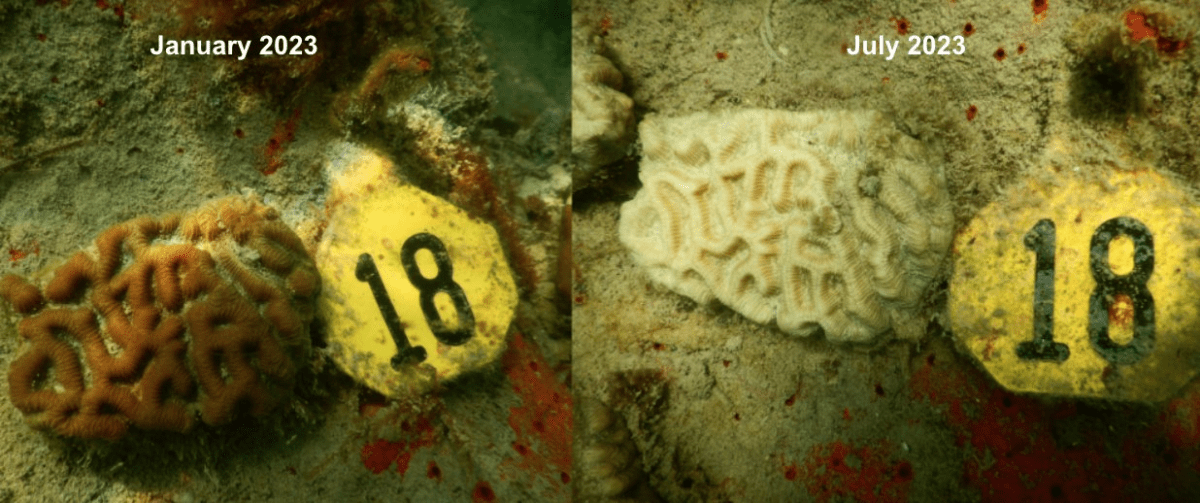The kaleidoscope of colors that make Florida’s coral reefs an underwater paradise is under threat, as an unprecedented marine heat wave is causing widespread coral bleaching. This change is occurring earlier than usual, creating anxiety among marine scientists.
Oceanic Fever and Coral Bleaching
Coral reefs are beautiful mosaics of life formed by tiny organisms connected together. Their vibrant colors are a product of the algae that inhabit and nourish them. However, rising water temperatures cause corals to eject these crucial organisms, leading to what is known as coral bleaching. The reefs, stripped of their colorful algae, turn stark white – a stark sign of the coral’s distress.
Sea surface temperatures around the Florida Keys have skyrocketed this summer, breaking previous records. Surface temperatures have averaged around 33 degrees Celsius (91 degrees Fahrenheit), notably higher than the typical mid-July average.
NOAA’s Alert: Red Flags for Coral Health
In response to this temperature surge, NOAA’s Coral Reef Watch program has raised their coral bleaching warning system to Alert Level 2 for the Keys. This is the highest level on their five-point heat stress scale, signifying extreme potential for coral damage. The surge in temperature is a month or two ahead of the usual peak, marking an unusual and worrying shift.
Climate Change, the Culprit
Underlying these heat spikes is the pervasive influence of human-induced climate change. Increased greenhouse gas emissions are warming our planet, causing the oceans to absorb excess heat. Even small temperature changes can wreak havoc on sensitive marine ecosystems like the coral reefs.
The Bitter Consequences
Coral reefs are not merely aesthetic wonders; they play crucial roles in marine biodiversity, support the economy via tourism and fishing, and serve as a natural defense against storm surges. The deterioration of the Florida Keys’ coral reefs, therefore, poses a multitude of problems. Over the past 50 years, the Keys have lost a staggering 80% to 90% of their coral, having far-reaching implications for both marine life and human communities.
The Silver Lining: Hope for Coral Recovery
Despite the worrying situation, scientists insist it’s not entirely doom and gloom. A significant restoration effort is currently underway to restore Florida’s coral back to its former glory. Strategies include breeding heat-resistant corals and installing shade covers and underwater fans to help maintain cooler water temperatures.
Critical Call to Action
The current predicament underlines the urgency of addressing global warming. De La Cour of NOAA is explicit in her call to action: reduce greenhouse gas emissions. This, she argues, is the vital step necessary to ensure the survival of coral reefs.
The Florida Keys’ coral reefs are an ecological treasure threatened by climate change. The bleaching we’re seeing today underlines the urgent need for concerted efforts to combat global warming and safeguard our marine ecosystems.


















